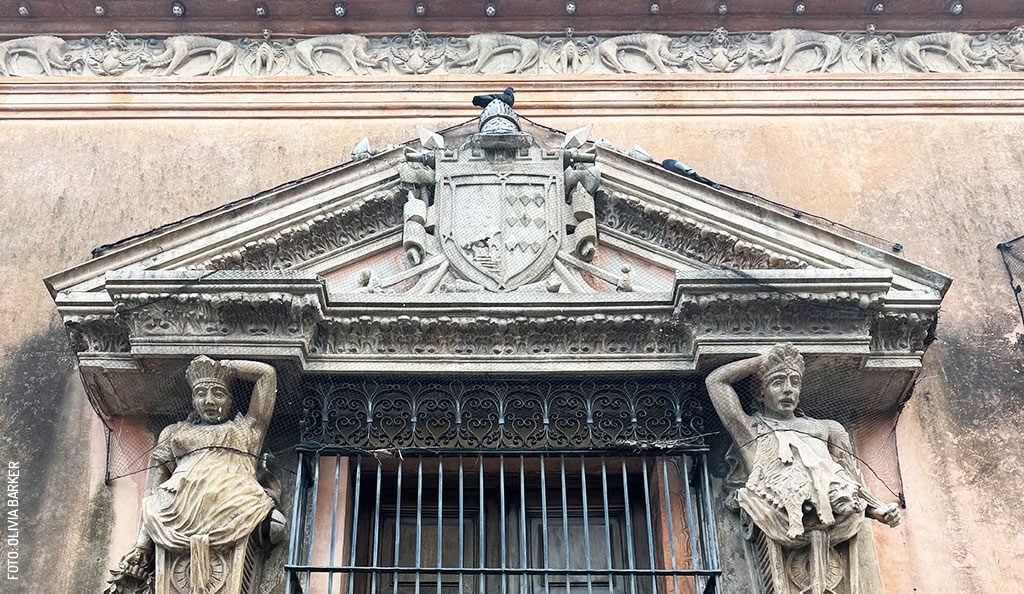Mérida’s famous structures, from cathedrals to mansions to monuments, each represent a unique part of the city’s immense history and culture. One, however, certainly stands out—you would be remiss if you didn’t stop by Mérida’s famous Casa Montejo, right across from the city’s main square or Plaza Grande. This structure has been standing since Mérida’s founding, and throughout its many centuries, it has grown into an architectural marvel that allows visitors to walk through Mérida’s many eras. When you take advantage of the free entry to see this impressive structure, you can reflect on its history and look for some of the many unique details that characterize it.

Beginnings of Casa Montejo
Casa Montejo was a product of the conquest of T’Hó, now Mérida, by Francisco de Montejo, known as Mérida's founder. As he embarked on his venture to colonize the territory, he was appointed the military title “El Adelantado” by the Spanish King Charles V. This flashy title certainly wasn’t moot—it gave Montejo power to assign land ownership of the new Spanish territory, and, naturally, he reserved a spot for himself in the city’s center. With this strategic move, he had marked himself as the high authority in the newly founded city of Mérida, and he used the grandeur that would characterize his abode to express this message, as well.
Plateresque Style
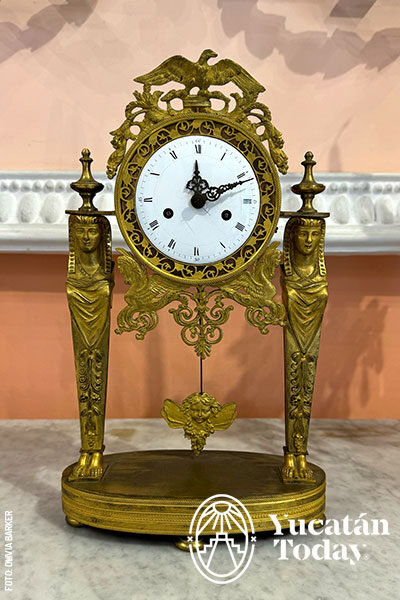 Before you even enter Casa Montejo, you’ve probably already had to stop to absorb the intricate stonework that adorns the exterior of the building. This extravagant decoration is emblematic of the Plateresque architectural style, the common style of the Spanish during the 16th century. If you don’t mind to linger just a while longer, you can spot some of the many facets of this elaborate decoration that are mirrors into the house’s history.
Before you even enter Casa Montejo, you’ve probably already had to stop to absorb the intricate stonework that adorns the exterior of the building. This extravagant decoration is emblematic of the Plateresque architectural style, the common style of the Spanish during the 16th century. If you don’t mind to linger just a while longer, you can spot some of the many facets of this elaborate decoration that are mirrors into the house’s history.
For instance, you might notice the Montejo family’s coat of arms above the balcony, the busts thought to represent Montejo’s family, or the latin inscription in the stone. If you look upwards, you can probably discern two large guards flanking either side of the Montejo crest. These intimidating figures were a display of power and intimidation by the Montejo family–and they definitely intimidated. Montejo flaunting his status left Spanish King Charles V with unease, fearing Montejo was elevating himself above the royals, so a new decree limited decorative architecture and revoked Montejo’s title. While the decorative Plateresque style of the building was left behind, in the building’s many centuries, new styles would turn it into a stunning combination of architecture that can still be observed today.
Changes in Style
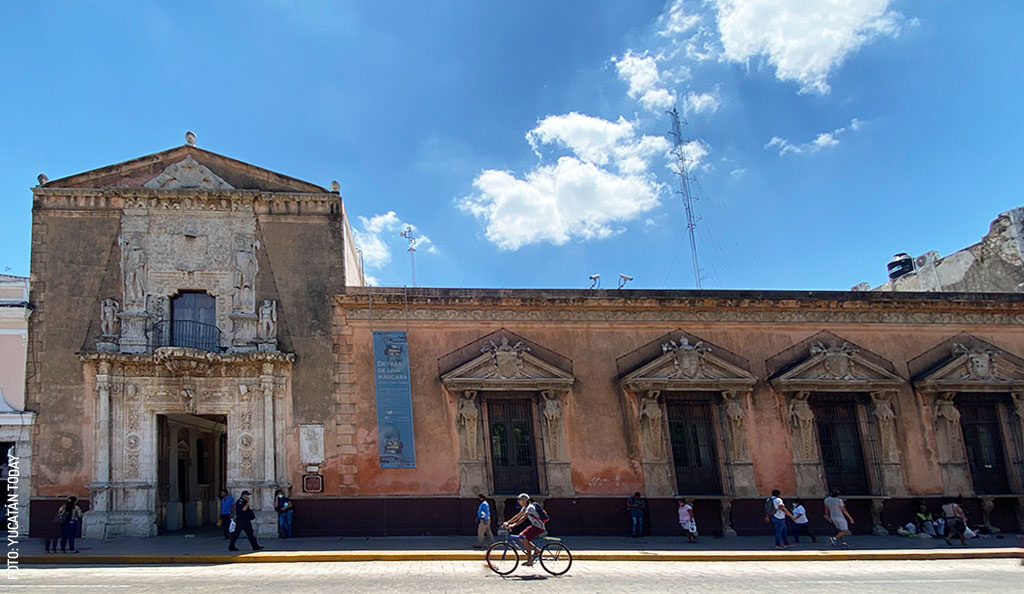 After the house was passed down through many generations of Montejos, Casa Montejo finally changed hands in 1840 to hacienda owner Simón Peón Cano—and you wouldn't be able to admire many of its gorgeous elements if it hadn’t. Peón was responsible for some of the most notable changes to Casa Montejo, mostly on the interior of the building. Peón added a balcony, corridor, dining room, and sitting rooms. Casa Montejo began to resemble a Baroque architectural style; when touring the building, look upwards to see perhaps the best representation of Baroque elements in the intricate paintings on the ceiling.
After the house was passed down through many generations of Montejos, Casa Montejo finally changed hands in 1840 to hacienda owner Simón Peón Cano—and you wouldn't be able to admire many of its gorgeous elements if it hadn’t. Peón was responsible for some of the most notable changes to Casa Montejo, mostly on the interior of the building. Peón added a balcony, corridor, dining room, and sitting rooms. Casa Montejo began to resemble a Baroque architectural style; when touring the building, look upwards to see perhaps the best representation of Baroque elements in the intricate paintings on the ceiling.
The use of the dark woodwork in these ceilings, however, was in Gothic style. This style started to become prominent in Casa Montejo when widow María Jesús Peón moved in after Simón Peón Cano. Seen not only overhead but in the dark wood furniture and walls, this material was another symbol of wealth (something, if you couldn't tell, Casa Montejo has a long history of showing off). It was also during María Jesús Peón’s ownership that the caryatids—the columns resembling women that uphold the windows—were added to the exterior.
The building also still displays the collections of art and decor it acquired through its many owners. Many of the 19th century finds make beautiful sights for visitors–often brought from overseas, these pieces used eye-catching metals to elevate the extravagance of the property. From these little decor pieces to the structure of the building itself, Casa Montejo’s many owners have turned it into a collage of iconic architectural eras that makes it a fascinating destination for visitors.Current Exhibition
While Casa Montejo is a museum in itself, the house also hosts an exhibition. Currently, the house displays works by artist Francisco José de Goya. In the late 16th century, Goya was chosen as a painter for Spanish King Charles IV, and shortly after, he began the series that graces Casa Montejo today.
Known as “Los caprichos”, or the caprices, this series is as its name indicates. It depicts the many levels of human disposition, and it is believed that Goya’s own struggles, both with mental and physical ailments, largely inspired this work. Each etching is accompanied by a short phrase describing the work, and walking through the gallery allows you to ponder Goya’s unique artistic perspective. Goya’s works will be displayed in Casa Montejo until the end of March, and you can see them for free from 10 am to 2 pm Tuesday through Saturday.
Visiting Casa Montejo
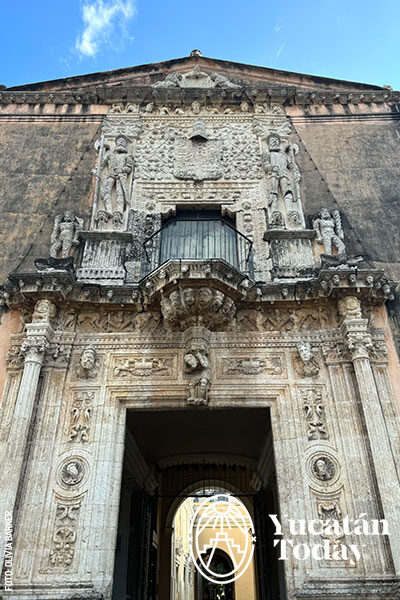 While you may be surprised to find that a singular house can contain so much history, Casa Montejo holds centuries of it. A walk through this building is a walk through Mérida’s past, allowing you to imagine innumerable years within the city. It is certainly worth an afternoon admiring the building’s impressive architecture (and, with free entry, how could you resist?).
While you may be surprised to find that a singular house can contain so much history, Casa Montejo holds centuries of it. A walk through this building is a walk through Mérida’s past, allowing you to imagine innumerable years within the city. It is certainly worth an afternoon admiring the building’s impressive architecture (and, with free entry, how could you resist?).
Museo Casa Montejo
Calle 63 #506 x 60 y 62, Plaza Grande, Centro
Tel. (999) 253 6739
Hours: Tuesday to Saturday 11 am to 6 pm, Sundays 11 am to 2 pm, free guided tours Tuesday to Saturday 12 pm and 4 pm and Sundays 12 pm
Admission: Free

Author: Olivia Barker
Music lover, coffee connoisseur, and stray cats’ best friend. I’m a Kentuckian whose internship with Yucatán Today lets me share the beauty of Yucatán through writing.
¡Receive the latest articles and much more from the best of Yucatán in your email!
Related articles
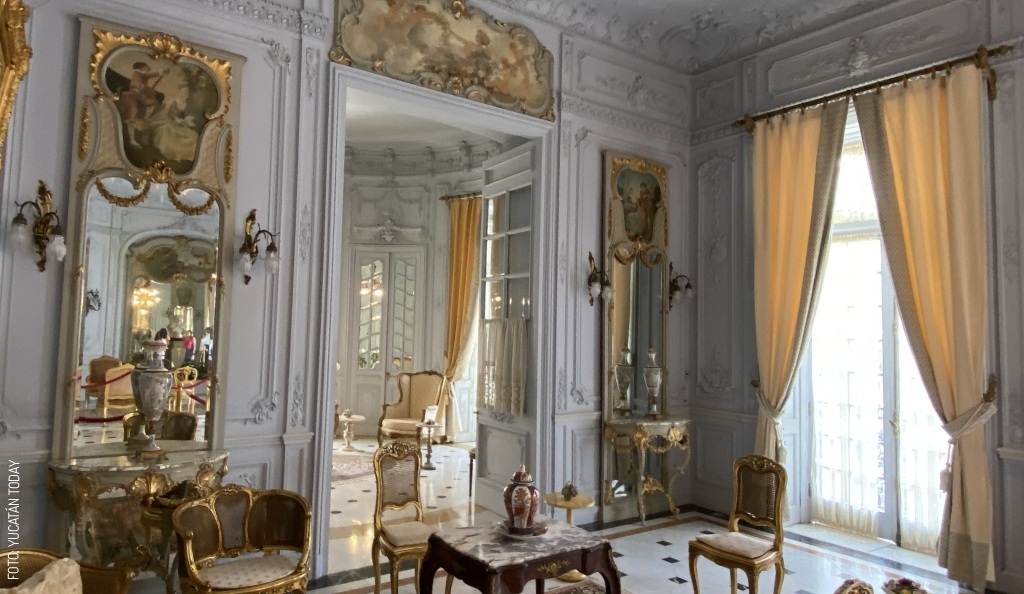
Montejo 495, Casa Museo: Travel through Casas Gemelas' history
Visit Montejo 495, Casa Museo! Learn how you can visit and discover the art and history of the original families of the Twin Houses on Paseo de...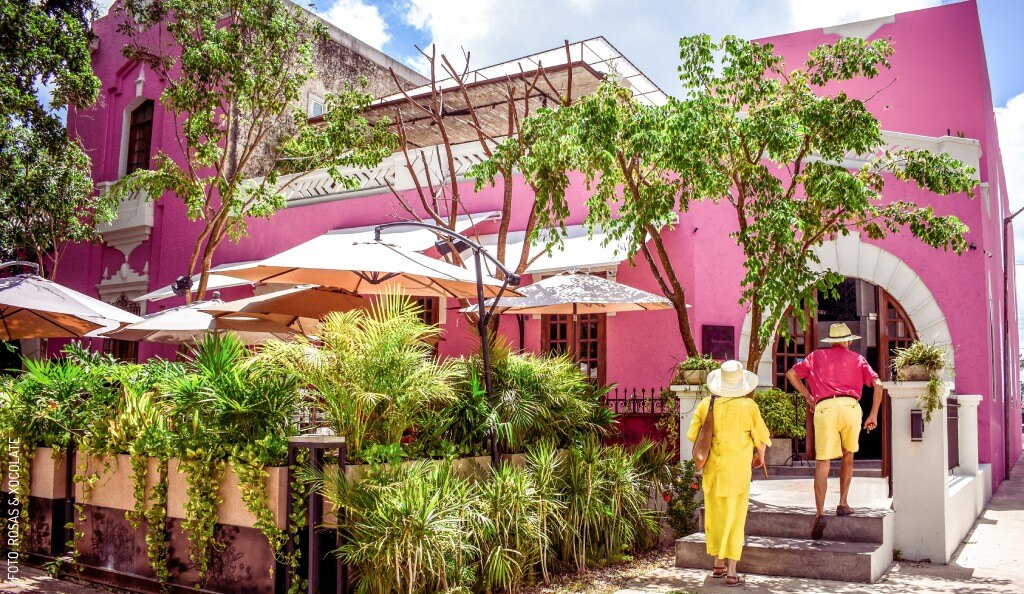
Rosas & Xocolate: A Luxury Food and Lodging Icon in Mérida
Rosas & Xocolate, on Paseo de Montejo, is a unique destination that blends luxury accommodation, food, spa services, modern art, and live jazz music.



